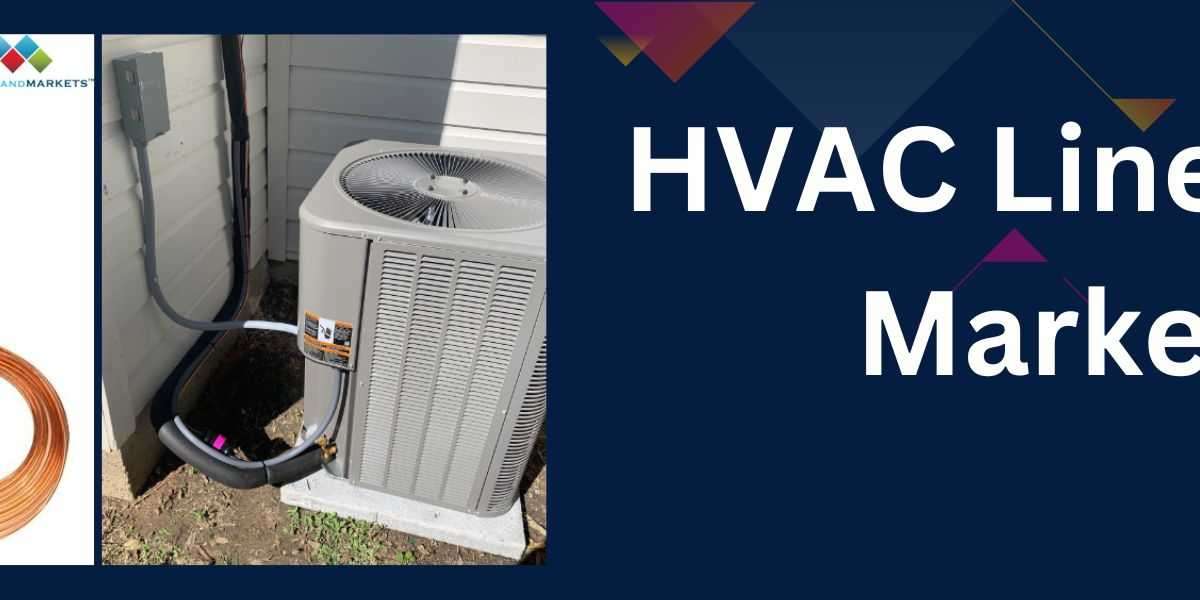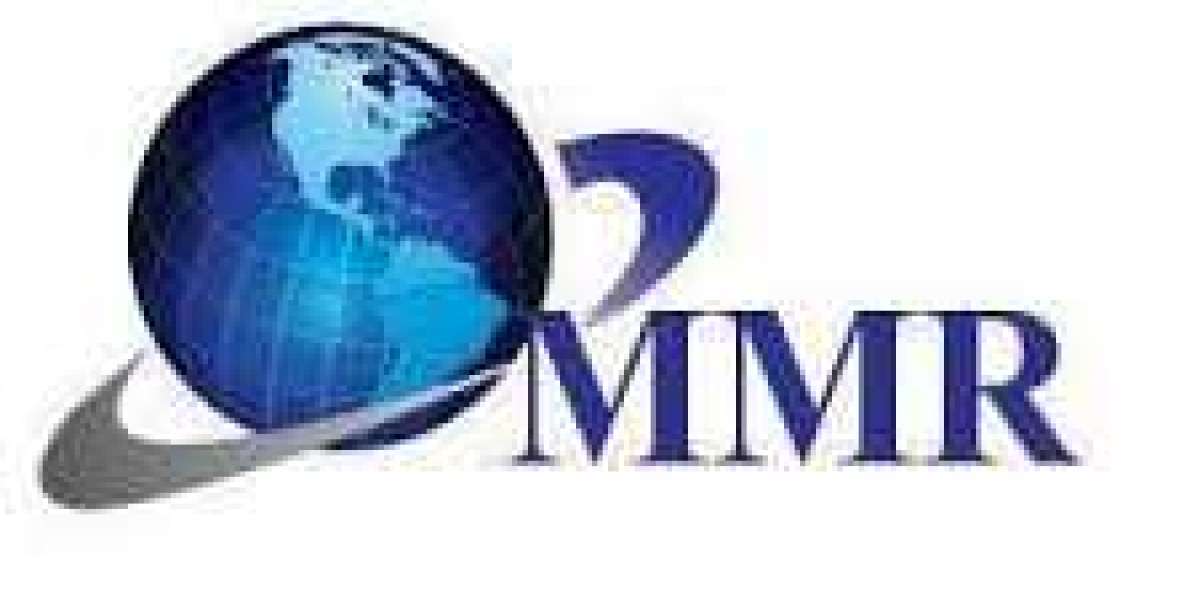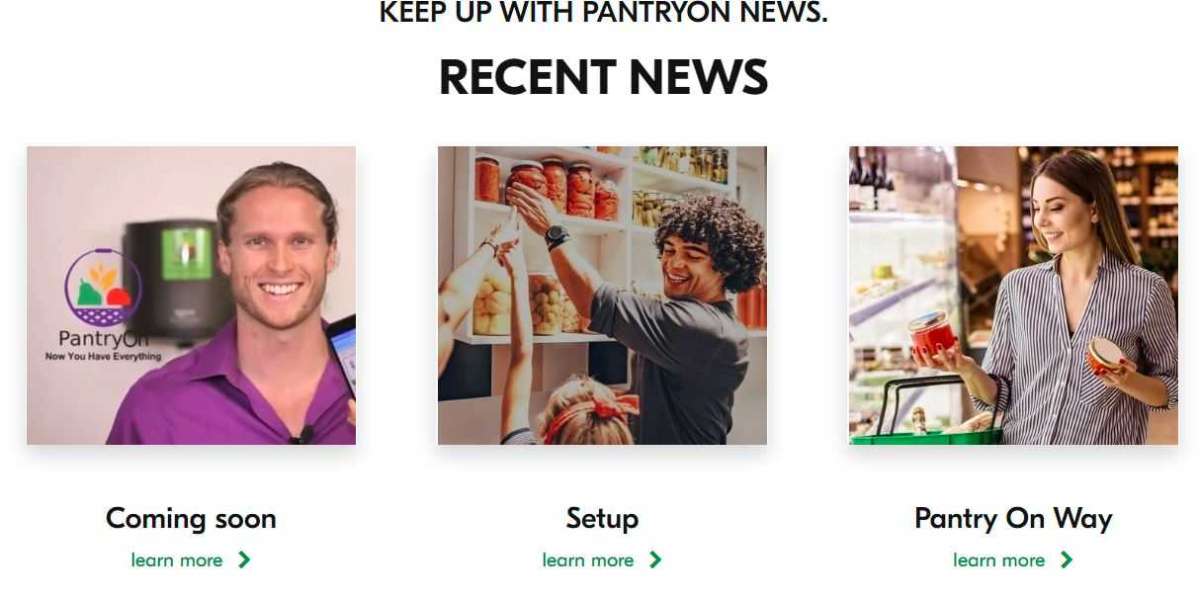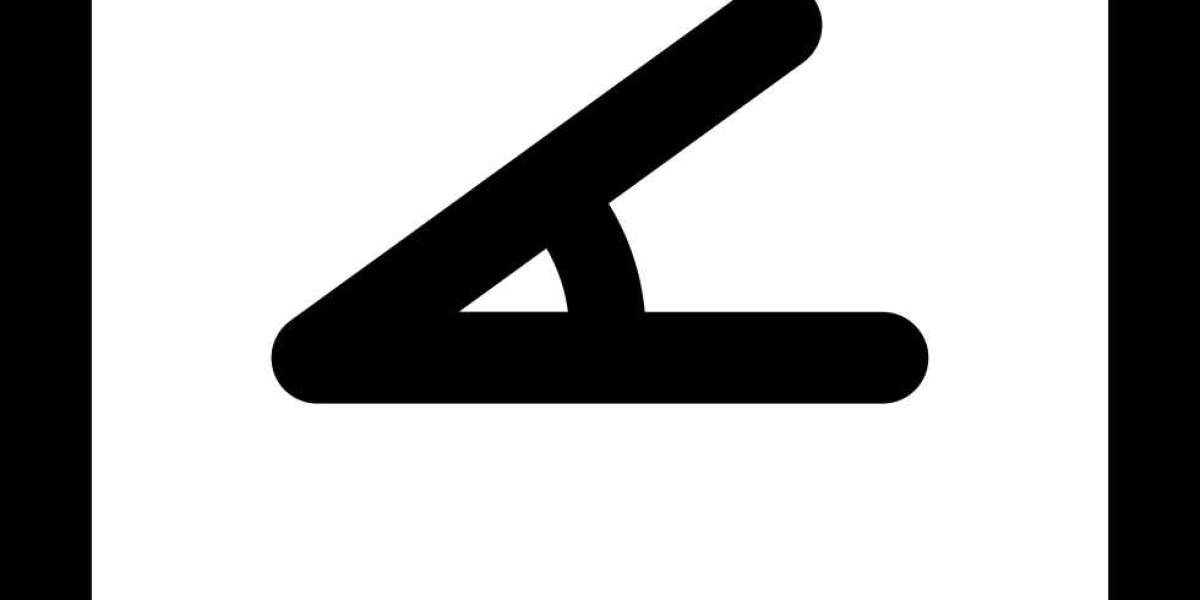HVAC linesets, also known as refrigerant linesets, are an integral part of heating, ventilation, and air conditioning (HVAC) systems. They consist of two copper pipes that connect the indoor and outdoor units of an HVAC system. One pipe carries refrigerant from the condenser to the evaporator, while the other pipe carries the refrigerant back to the condenser. The market scope for HVAC linesets is closely tied to the demand for HVAC systems, which is influenced by factors such as construction activities, residential and commercial building trends, and overall economic conditions. The HVAC linesets market includes manufacturers, distributors, and suppliers involved in producing and supplying linesets to HVAC system manufacturers and contractors. According to the new market research report "HVAC Linesets Market by Material Type (Copper, Low Carbon), End-Use (Residential, Commercial, Industrial), Implementation (New Construction, Retrofit), and Region (APAC, North America, Europe, MEA, South America) - Global Forecast to 2026", published by MarketsandMarkets™, the global HVAC Linesets Market size is projected to reach USD 11.4 billion by 2026 at a CAGR of 10.0% from USD 7.1 billion in 2021.
Download PDF Brochure: https://www.marketsandmarkets.com/pdfdownloadNew.asp?id=209588791
Browse in-depth TOC on "HVAC Linesets Market"
186 – Tables
67 – Figures
231 – Pages
View Detailed Table of Content Here: https://www.marketsandmarkets.com/Market-Reports/hvac-linesets-market-209588791.html
A line set is simply a pair of copper tubes that connects a condenser to an evaporator. In the case of a mini-split system, the line set connects the indoor and outdoor units together, where the outdoor unit (condenser) supplies the indoor unit (evaporator) with refrigerant. Copper line sets, complete with copper pipes and copper fittings, are the most popular option for air conditioners because of their dependability and their ability to keep refrigerant at the correct temperature. The other material types used are low carbon, aluminum, brass, and yoga tube.
In terms of value, the carbon segment is projected to account for the largest share of the HVAC lineset market, by material type, during the forecast period.
Copper is the most preferred material among the lineset manufacturers, for application in the HVAC industry. Some of the primary advantages of copper lineset for application in heating and cooling installations in all kinds of residential and commercial buildings are its malleability, ease to join, durability, and 100% recyclability. The copper material type is forecasted to dominate the HVAC market, due to the rising residential construction in the US, China, India, and Indonesia. Also, due to the COVID-19, the sales of split ACs increased in the US, as more and more people were operating in the work from homes scenario for which they needed a comfortable temperature environment in their homes.
Commercial to be the largest End user during the forecast period.
In the commercial end-use industry, cooling solutions like air conditioners are primarily demanded by offices, the hospitality sector, supermarkets hypermarkets, banks, and data centers. The commercial end-use segment primarily uses low carbon steel-based line sets and requires very high volumes of the same. The total volume of the HVAC line sets is much higher in the case of the commercial end-use industry, as compared to the residential one. This is due to the greater building area in commercial buildings, more free space to cool, and a greater number of connections of line sets.
Retrofit is projected to register the highest CAGR during the forecast period.
Retrofit projects are designed to integrate new components into existing HVAC networks. Retrofitting provides a more cost-effective way to improve system performance without the need to replace the entire system. The green building initiative and steps taken to reduce the adverse effects on the environment caused by old HVAC systems is boosting the adoption of new HVAC lineset in retrofits. When a major component in either the outdoor or indoor unit of a traditional heat pump system or air conditioner fails, both units should be replaced because newer equipment is carefully matched for optimal efficiency and operating pressures.
Request Sample Pages: https://www.marketsandmarkets.com/requestsampleNew.asp?id=209588791
The APAC region leads the HVAC lineset market in terms of volume.
APAC is the fastest-growing region for the HVAC lineset market. The growth in demand for HVAC lineset in the region can be largely attributed to factors such as high population, increasing industrial growth, and stringent environmental norms. Moreover, the rising number of end-use industries in the region is also leading to innovations and developments in the field of HVAC lineset, thereby fueling the growth of the APAC HVAC lineset market.
Major players operating in the global HVAC Linesets Market include Daikin (Japan), Halcor (Greece), Hydro (Norway), KME SE (Italy), Mueller Streamline Co. (US), Cerro Flow Products LLC (US), JMF Company (US), Zhejiang Ice Loong Environmental Sci-Tech Co., Ltd (China), Feinrohren S.p.A. (Italy), DiversiTech Corporation (US), Foshan Shunde Lecong Hengxin Copper Tube Factory (China), Zhejiang Hailiang Co., Ltd. (China), Linesets Inc. (US), Cambridge-Lee Industries LLC (US), HMAX (US), ICool USA, Inc. (US), PDM US (US), MM Kembla (Australia), Mandev Tubes (India), Uniflow Copper Tubes (India), Kobelco Materials Copper Tube Co., Ltd. (Japan), Mehta Tubes Limited (India), and Klima Industries (South Korea).






